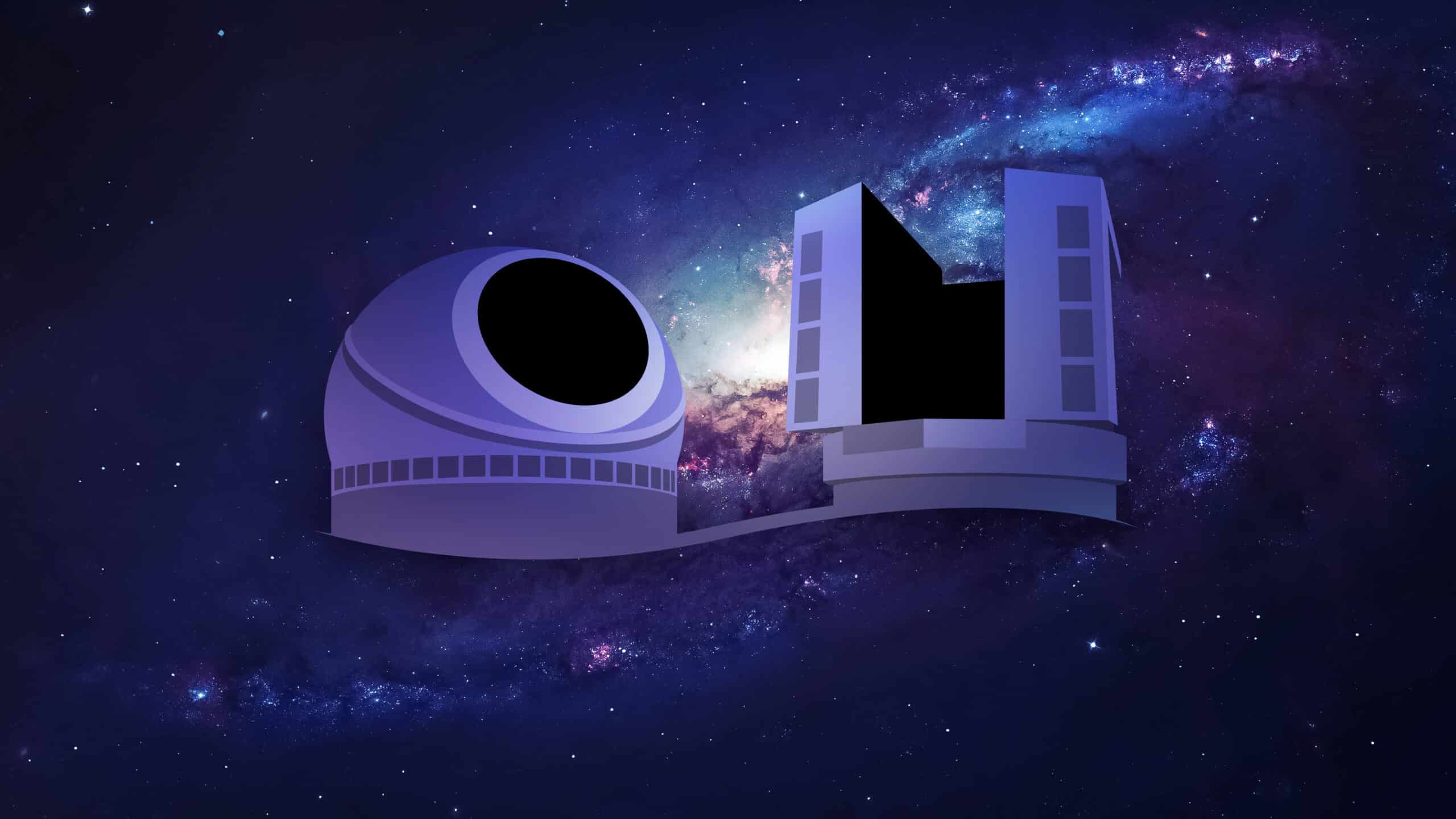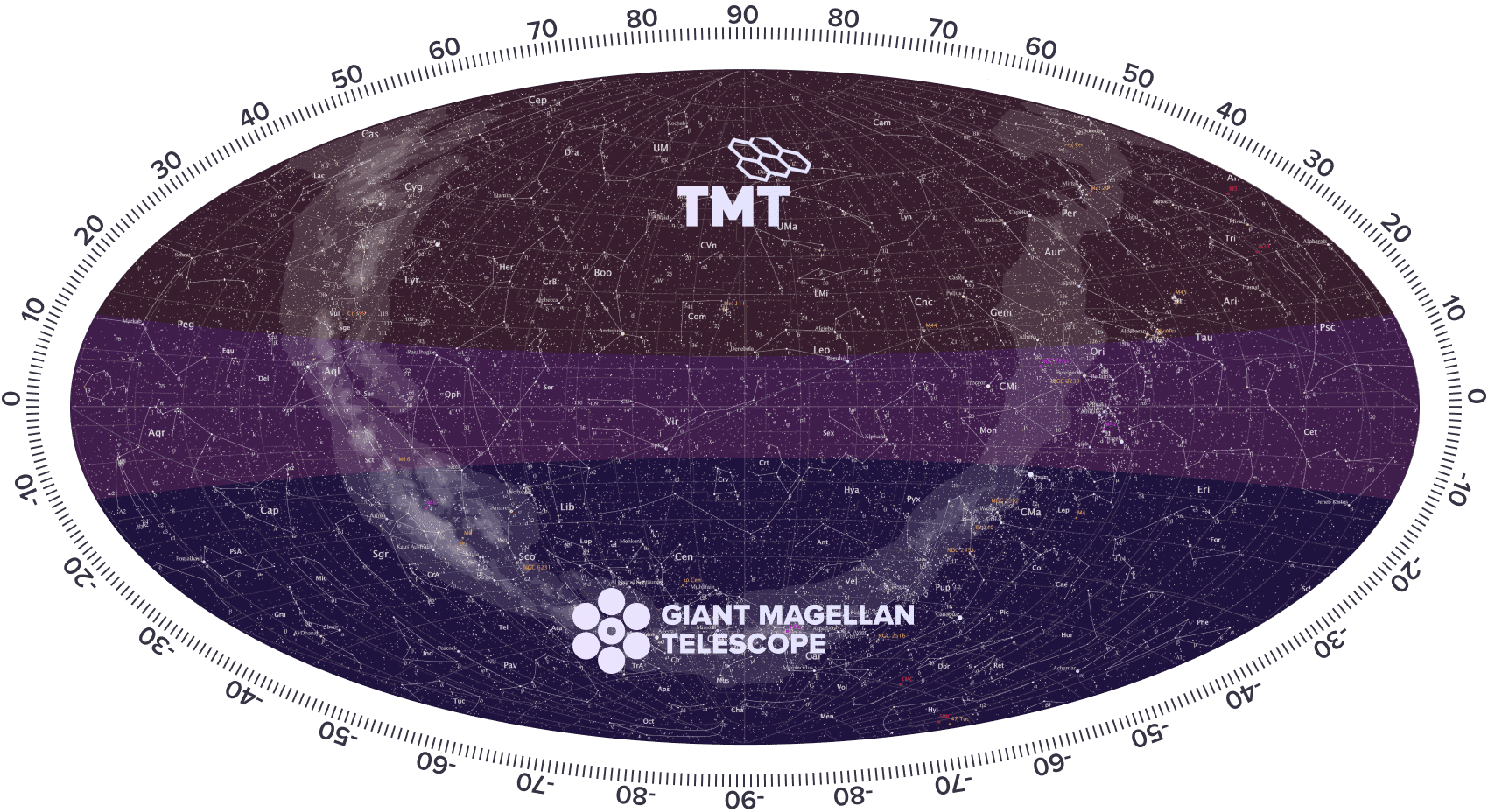
US-ELT Program
The US-ELTP is a joint initiative to provide the entire US astronomical community with access to the Giant Magellan Telescope in the Southern Hemisphere and the Thirty Meter Telescope in the Northern Hemisphere.
The goal of the US-ELTP is to provide US scientists at least 25% of the observing time on each telescope through an open peer-review process, facilitated by NSF’s NOIRLab, operated by the Association of Universities for Research in Astronomy, Inc. (AURA).
Upon completion, scientists anywhere in the US will be able to create and lead projects that take advantage of full-sky coverage and diverse instrumental capabilities to carry out transformational research on topics ranging from the characterization of exoplanets and their atmospheres to the formation and evolution of structure in the universe.
To learn more about the US-ELTP, including our activities, publications, and presentations, please visit the program’s web page.
Visit Program's Web PageSignificant Scientific Benefits

The bi-hemispheric, two-telescope US-ELTP will offer significant scientific benefits that will provide particular advantages to US astronomers in the global ELT era. These include:
-
All-sky coverage.
-
Complementary features of the Giant Magellan Telescope and Thirty Meter Telescope designs.
-
The opportunity to deploy a greater number and diversity of instruments. Substantial (~50%) sky overlap between the Giant Magellan Telescope and Thirty Meter Telescope designs, enabling complementary, sequential, or simultaneous observations with both telescopes.
-
Longitudinal separation enables longer opportunities for continuous observation, temporal monitoring, and time-critical science.
-
Opportunities for collaboration with global partners of the Giant Magellan Telescope and Thirty Meter Telescope.
-
At least 25% observing nights on both telescopes available to US astronomers.
-
Centralized telescope proposal submission and data access through NSF's NOIRLab.

